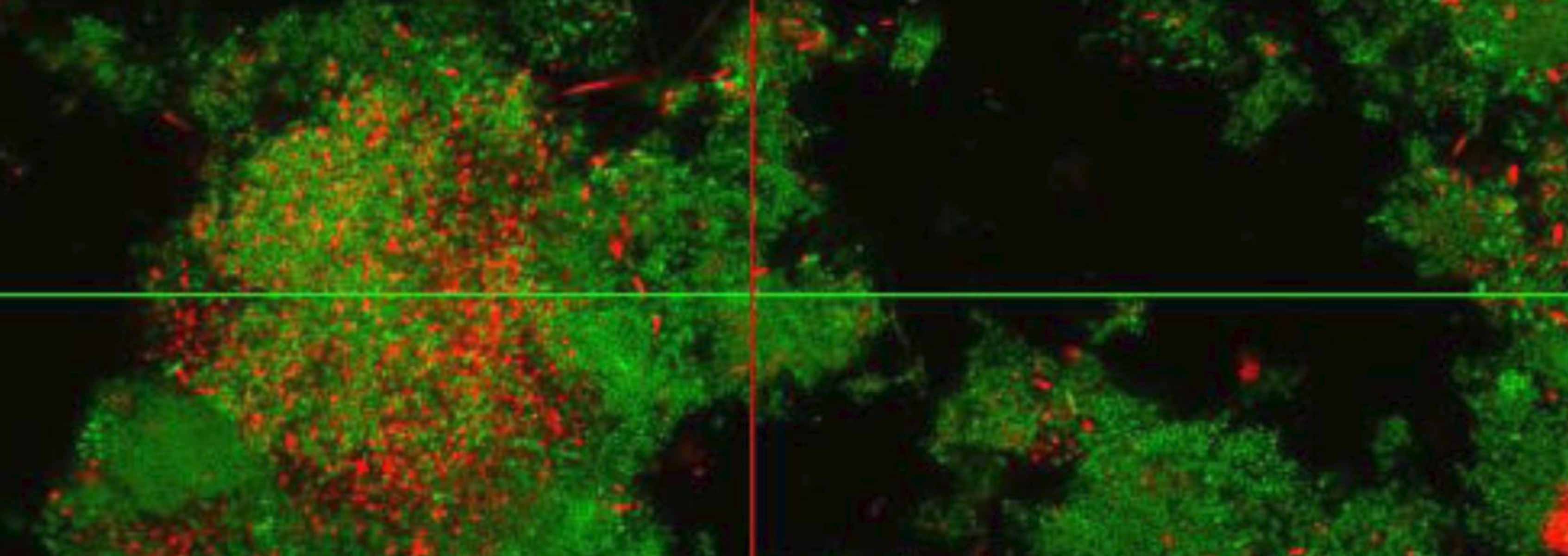Revealing Roles of Uncultivated Species in the Oral Microbiome

Many human microbial infectious diseases including oral caries are polymicrobial in nature, and closely associated with ecological conditions of the microbial communities. Oral caries disease is one of the most prevalent and costly bacterial infections in humans. Understanding the metabolism and gene expression profiles as well as inter-species interactions within these complex microbial communities are necessary steps in studying the diseases and finding new treatment solutions. While many new health/disease-associated microbes have been identified through 16S rDNA based diversity analyses, further research on most of these microorganisms has been hampered by an inability to uncover their culture requirements. In the absence of culture based physiological analyses, the functional roles of these uncultured strains remain enigmatic despite their apparent correlations with various diseases. This problem has become the limiting step in studying ecology-based polymicrobial infections. Using the oral microbial community as a model system, we are applying functional genomic approaches including Stable Isotope Probing (SIP), metatrascriptomics and directed single cell genomic approaches to enable us to overcome this limitation.
This research involves collaborations between the teams at J. Craig Venter Institute and University of California Los Angeles (UCLA) Dental School to study biological roles of the species within these complex microbial communities beyond 16S rDNA diversity analysis. Using the oral microbial flora as a model system, this application seeks to decipher metabolic and genetic functions among different species within the oral microbial communities. We will put a particular emphasis on revealing the biological roles of uncultivated species. Ultimately, we aim to reveal the key species (cultured and uncultivated) involved in dental caries and provide new insights into specific genes/domains, gene products, and metabolic pathways that define the synergistic and competitive contributions to health and disease in this complex microbial community. This information will open new ways to control acid-production associated dental caries. Importantly, we will greatly expand our knowledge of oral microbial pathogenesis and also validate this approach to enable its application to other host-associated microbial communities.
Publications
PloS one. 2013-01-01; 8.12: e57182.
investigating acid production by Streptococcus mutans with a surface-displayed pH-sensitive green fluorescent protein
PloS one. 2012-01-01; 7.5: e32219.
Identifying low pH active and lactate-utilizing taxa within oral microbiome communities from healthy children using stable isotope probing techniques
Molecular oral microbiology. 2010-10-01; 25.5: 357-67.
Using DGGE profiling to develop a novel culture medium suitable for oral microbial communities
Funding
National Institutes of Health (NIH) National Institute of General Medical Sciences (NIGMS)